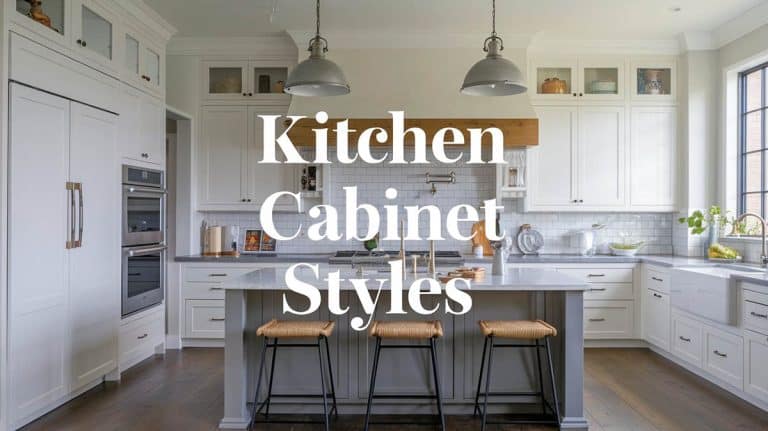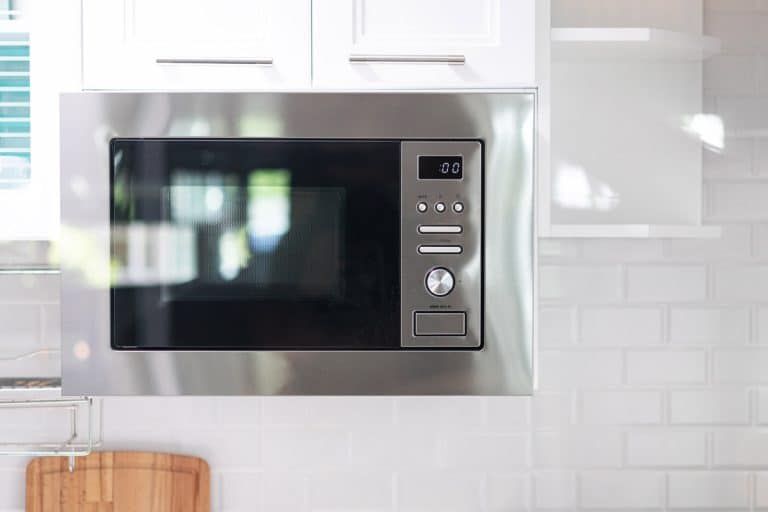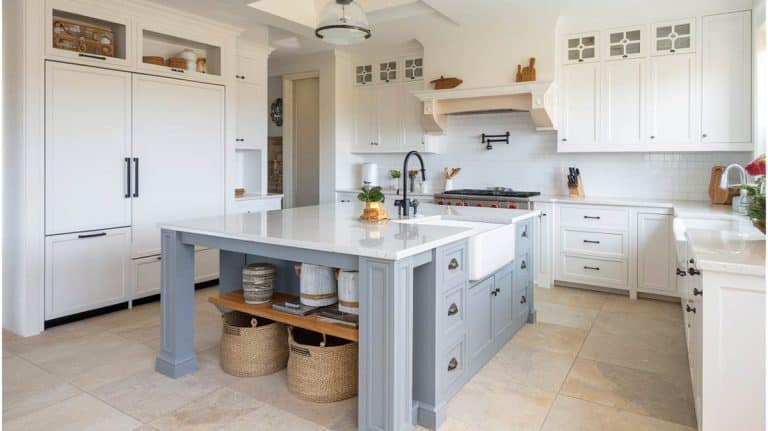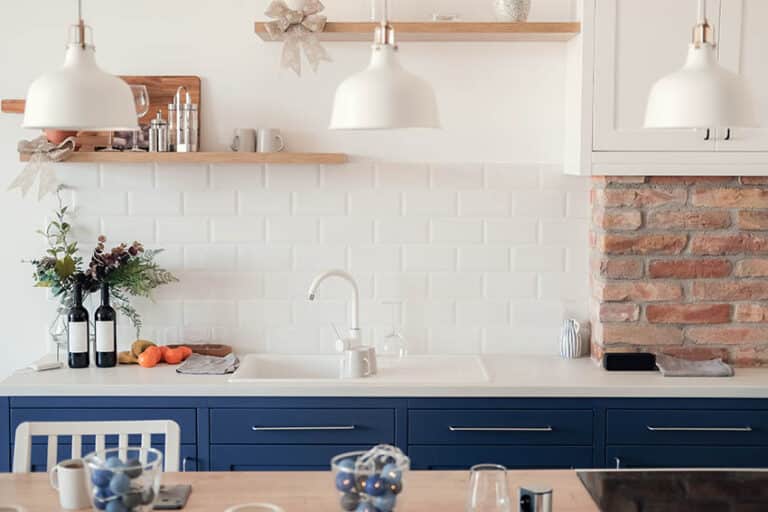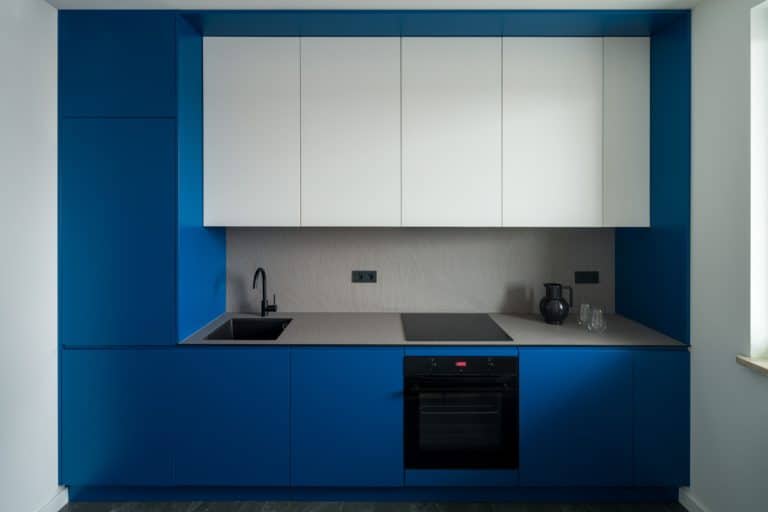What Are the Marble Kitchen Countertops Pros and Cons?
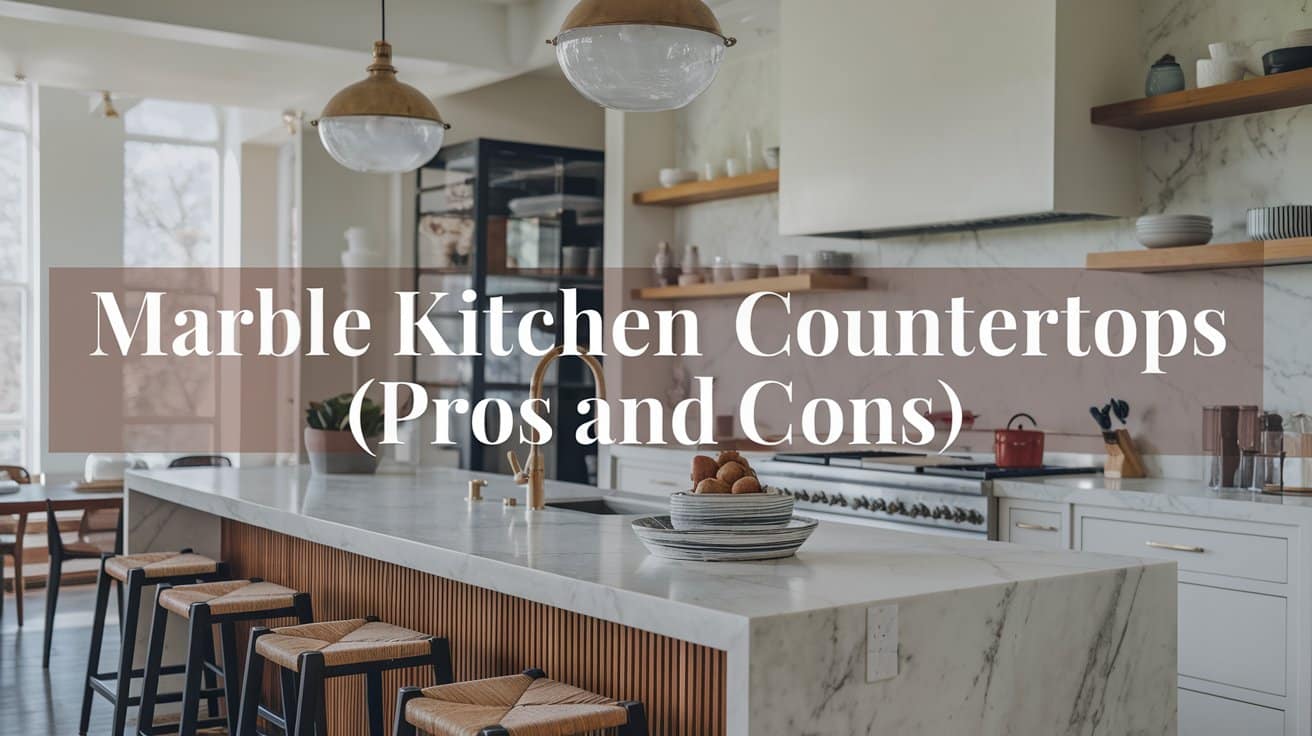
Marble kitchen countertops look amazing and can bring a sense of luxury and elegance to your space. Below, you’ll find out some of the top pros and cons of using this gorgeous natural stone in your kitchen. Marble is one of the most classically elegant and beautiful materials out there. The very word “marble” summons up images of stylish luxury. Homeowners love the look of marble and its timeless elegance. Not only can these natural stone counters increase your home’s resale value, but they also bring a lot of satisfaction when preparing food and spending time in the space. The great news is even in spite of its great looks; it can be less expensive to install than other types of natural stone, such as quartz or granite.
Marble Counter Pros
Here are the pros of marble counters:
Color Variations – The stone comes in a variety of color and pattern combinations and can fit in almost any room design. There is a large range of natural colors to choose from. You can find slabs in hues of white, grey, and black, as well as yellow, green, and pink.
Each Slab Is Unique – Marble is formed when limestone or dolomite rock is subjected to extreme heat and pressure. This is also when the veins are formed. The distinctive veining gives each slab a unique look. No two slabs are the same, so you can be sure that your countertop is unique.
Resists Scratches – Marble is a more durable material than synthetic materials. It is largely resistant to cracks, scratches, and burns – especially if you take care of it properly.
It is heat resistant – to a point. If you are using it for your kitchen, don’t put a hot pot or pan from the stove directly on your countertop.
Easier to Shape – It is a soft stone, making a slab easier to work with than any other stone slab. It can be molded and shaped.
Different Finishes To Choose From – There are a variety of stone kitchen countertops with different finishes, which can be made to work with almost any room design. Choosing a honed or matte finish gives you a smooth, honed surface in muted colors. Scratches don’t appear as often in a honed or matte finish.
Available In Smaller Pieces – Marble can come in smaller sizes than other stone materials. It can come in tiles rather than slabs. Instead of one continuous stone slab countertop, you can have several large tiles make up your countertop.
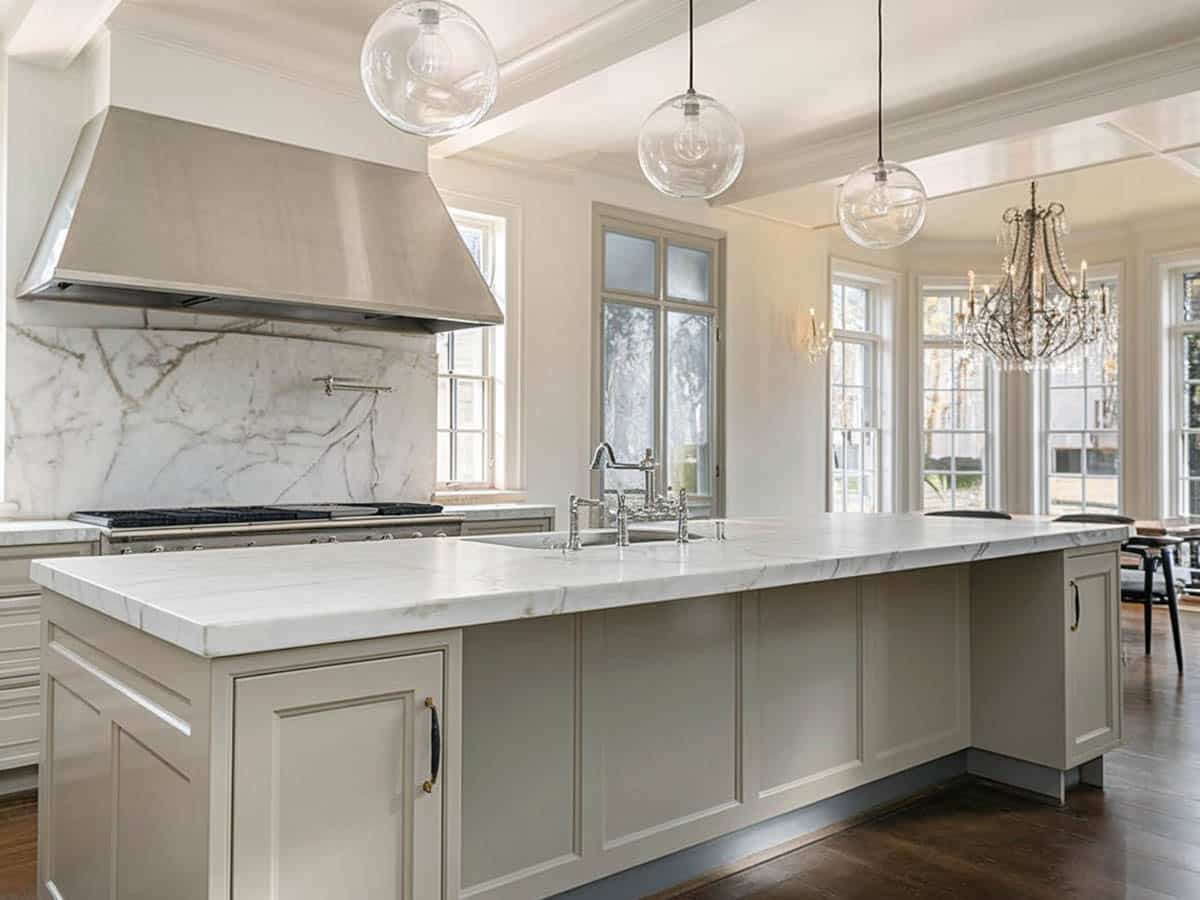
Cool to the Touch – Marble is a naturally cold material, so a countertop will stay cool naturally.
Easy to Clean – Spills are easily wiped up with a cloth. For daily cleaning, all you need to do is take a mild soap and warm water mixture and a sponge or non-abrasive towel and just sweep over the countertop.
Leather Finishes Hide Imperfections – A leather finish is usually used with dark colors and gives off a soft sheen. Because it is textured, it hides scratches and other imperfections.
Polished Finishes Bring Out The Color – If you choose a polished finish for your marble countertop, the stone will be buffed, resulting in a high-gloss surface that really brings out the details of your slab’s color and veining. While there are many benefits, such as beauty and value-added, some things need to be considered when using this natural stone.
Con’s of Using Marble in Your Kitchen’s Interior Design
Expensive – Marble is not a budget material. The price range can fall between $125 and $250 per square foot. It is, however, one of the least expensive of the natural stone countertop materials.
Can Stain – Since it is a soft stone, it is prone to stains and scratches over time. You will want to invest in treated or sealed stone to get around this. Honing the surface of marble makes it more porous, which makes it more prone to staining.
Maintenance: It can be high maintenance as it has a naturally porous surface, which means that it absorbs liquid quickly, and this can make it prone to staining. If you spill oil, wine, or liquid makeup on a countertop and don’t wipe it up promptly, it can penetrate the marble’s surface and be very difficult to remove.
Most of these countertops are made of treated stone that has a seal or protective topcoat that can prevent staining. You will need to have your stone countertop resealed on a regular basis – at least once a year.
Physical Damage: Despite its heat resistance, it’s prone to chipping and cracking if something heavy is dropped onto it. Despite being a “softer” stone, it is an unforgiving surface on which to drop a plate or dish. A dropped dish on this surface is almost always a shattered dish.
Installation and Handling: Marble countertops are heavy and difficult to handle. If you decide on these countertops, while you can choose the slabs you want installed, you won’t be able to install them yourself but will need to seek the services of a professional. The stone can also be difficult to transport, so delivery fees and charges could be included in getting your chosen slab to your home.
Acid Sensitivity: Marble is composed of calcium carbonate, which is sensitive to acidic solutions. If you’re using it for your kitchen countertops, you’re going to need to make sure that you minimize its contact with acidic foods.
Acidic substances such as wine, lemon, other citrus juices, and vinegar – if not cleaned up right away can etch the surface of your countertop. A polished finish is susceptible to etching from acidic foods or even from strong household cleansers.
Health Precautions: When cutting marble, safety precautions are necessary to mitigate dust inhalation risks. Dust that is produced when dry-cutting could cause illnesses/diseases. Vendors take very high precautions when cutting this stone. Typically, most manufacturers wet-cut to avoid creating harmful dust particles.
There are legal limits of “marble exposure” that a person can be exposed to in a day set by OSHA as well as NIOSH to keep workers safe. Anyone planning a DIY project should consider that and take necessary precautions or have a professional with safety procedures already in place to assist with the project.
Cost of Marble
The cost of marble countertops varies based on type, quality, and customization:
- Price Range: Typically falls between $125 and $250 per square foot.
- Comparable Options: Similar in cost to granite, which varies from $100 to $225 per square foot at retail outlets.
- Additional Costs: Customization, such as unique edging or cut-outs for fixtures, can add to the total expense.
Different styles of honing to remove some of the polish can cost extra as well as the number of cut-outs required for your specific application. Read more about the cost of marble countertops on this page.
As you can see there are a variety of reasons to choose marble countertops for your kitchen or bathroom vanities. However, with the beauty of this stone comes some precautions. With some extra care, these counters can be a valuable addition to your next remodeling project and help create a design you’ll love.
Related Interior Design Posts You May Like:
Types of Kitchen Counters – Quartz Kitchen Countertops – Granite Colors for Countertops – Kitchen Island Designs

